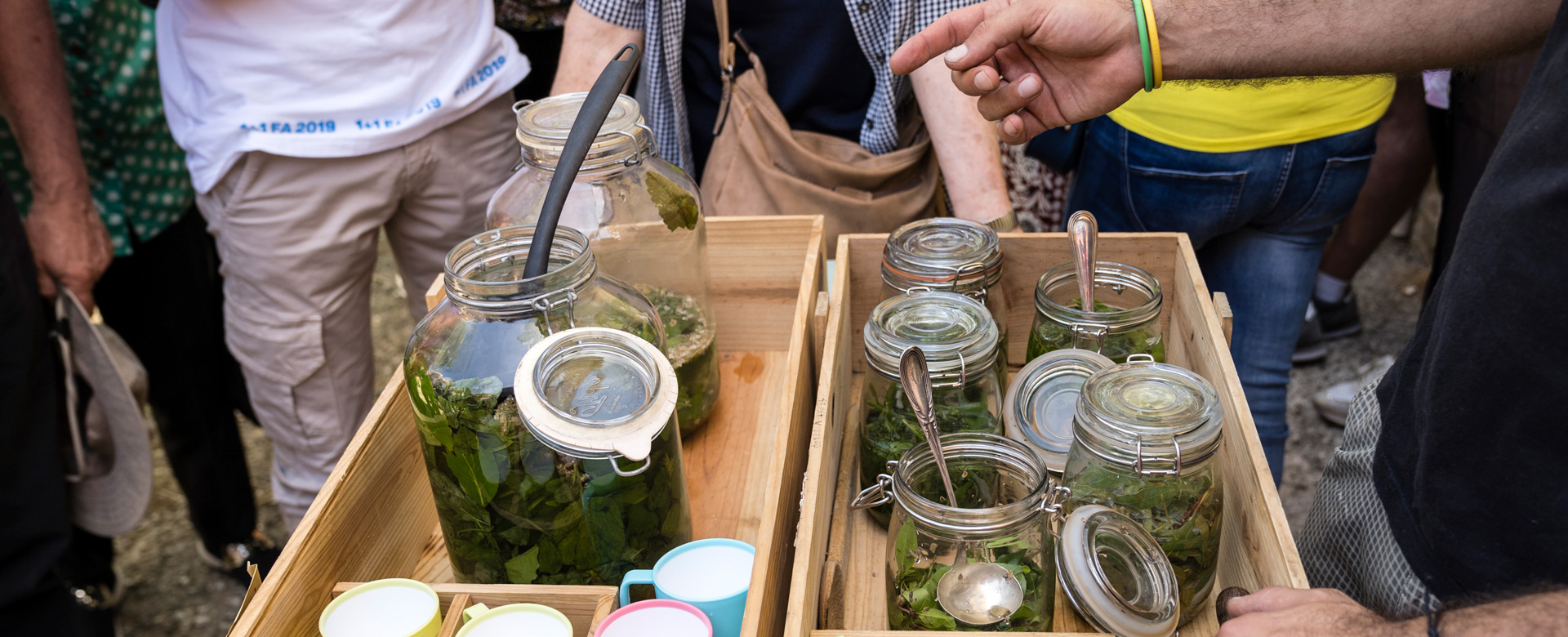
Gardentopia, the legacy of a new utopia
The cycle of 32 artistic residencies of the Gardentopia project, located in 26 municipalities throughout the region, has come to an end.
In total, there were 3800 participants, 2850 trees and plants put in the ground, 64 workshops and 14 redeveloped gardens. In addition, 13 patches were allocated to individual citizens and 7 to public schools, while as many as 14 performances were held (including performative installations, theatre, dance and music). There were also 4 meetings with all the Municipalities and gardens involved (the 'Green Night', as well as the 3 Gardentopia Days). The results of the project are summarised in 4 original publications and 2 films.
But beyond the figures, which report the project's success in the most direct and flattering way, it is useful to reflect on the legacy of a process like Gardentopia.
Starting from the '4 gardens' pilot that was initiated in 2016 (Agoragri, Pascoli and Giardino dei Momenti in Matera; Boschetto Orizzontale in Potenza), the aim was to replicate the experience of proactive sharing of a public asset throughout the Basilicata region. Thanks to the profile of the resident artists, the outcome exceeded all expectations, triggering a dynamic that could be summarised with the expression 'bidirectional knowledge', which refers to a continuous exchange between the citizens' own knowledge of the region and the artists' ability to create a new ideal.
Evidence of the intense work behind Gardentopia remains, leaving behind a utopia that has opened up new horizons for public spaces by experimenting with innovative practices that bring citizens together.
What appears to be clear and which, most probably, constitutes the most tangible result of the path started by Gardentopia in 2019, is that the citizens, having taken on board some spatial awareness skills, have succeeded in transforming the suggestions given to them by the artists into real practices that they have carried out independently. In this context, the central theme and consequently the project's most important legacy is participation as a constant practice of direct interaction with public heritage.





